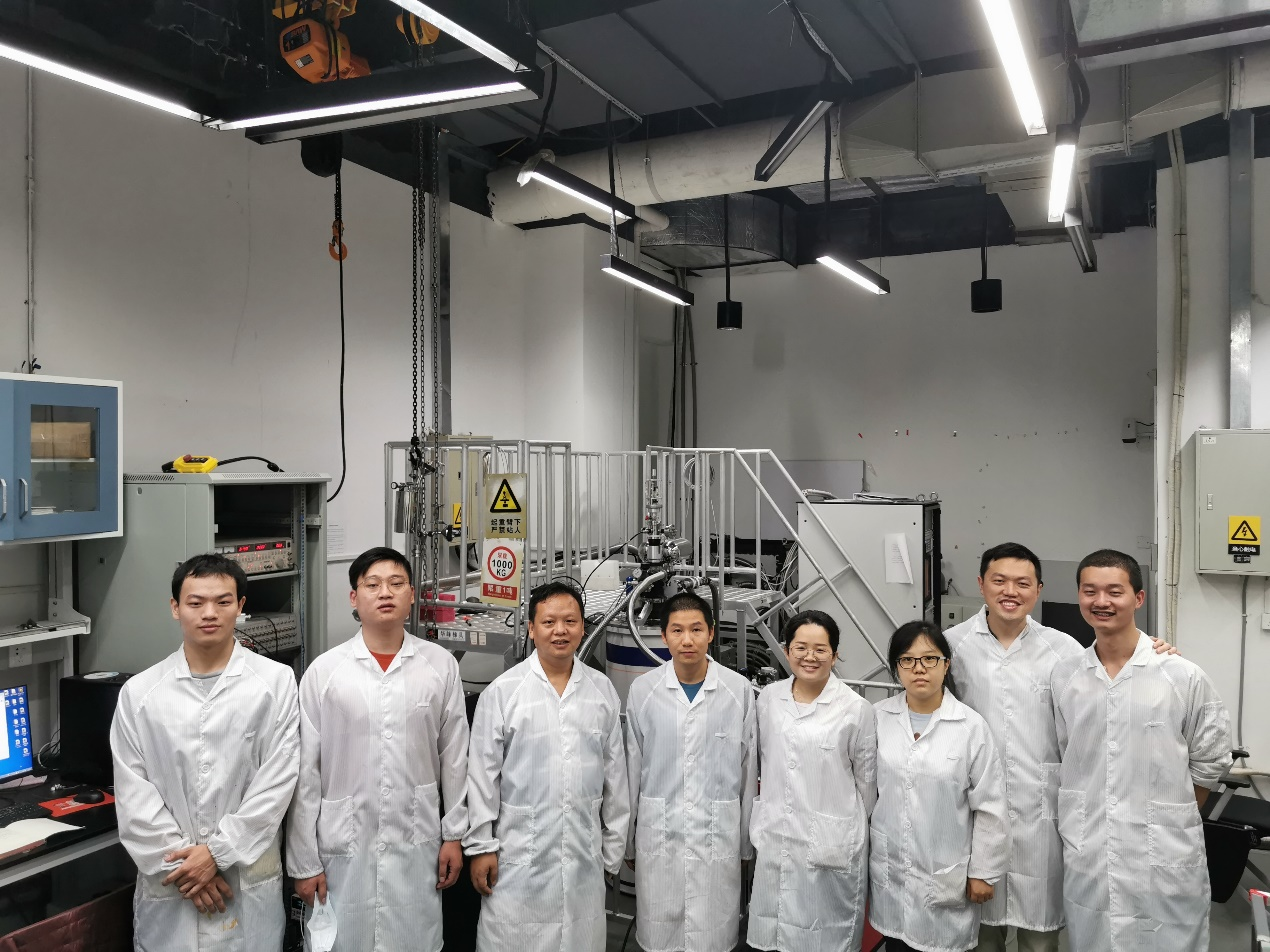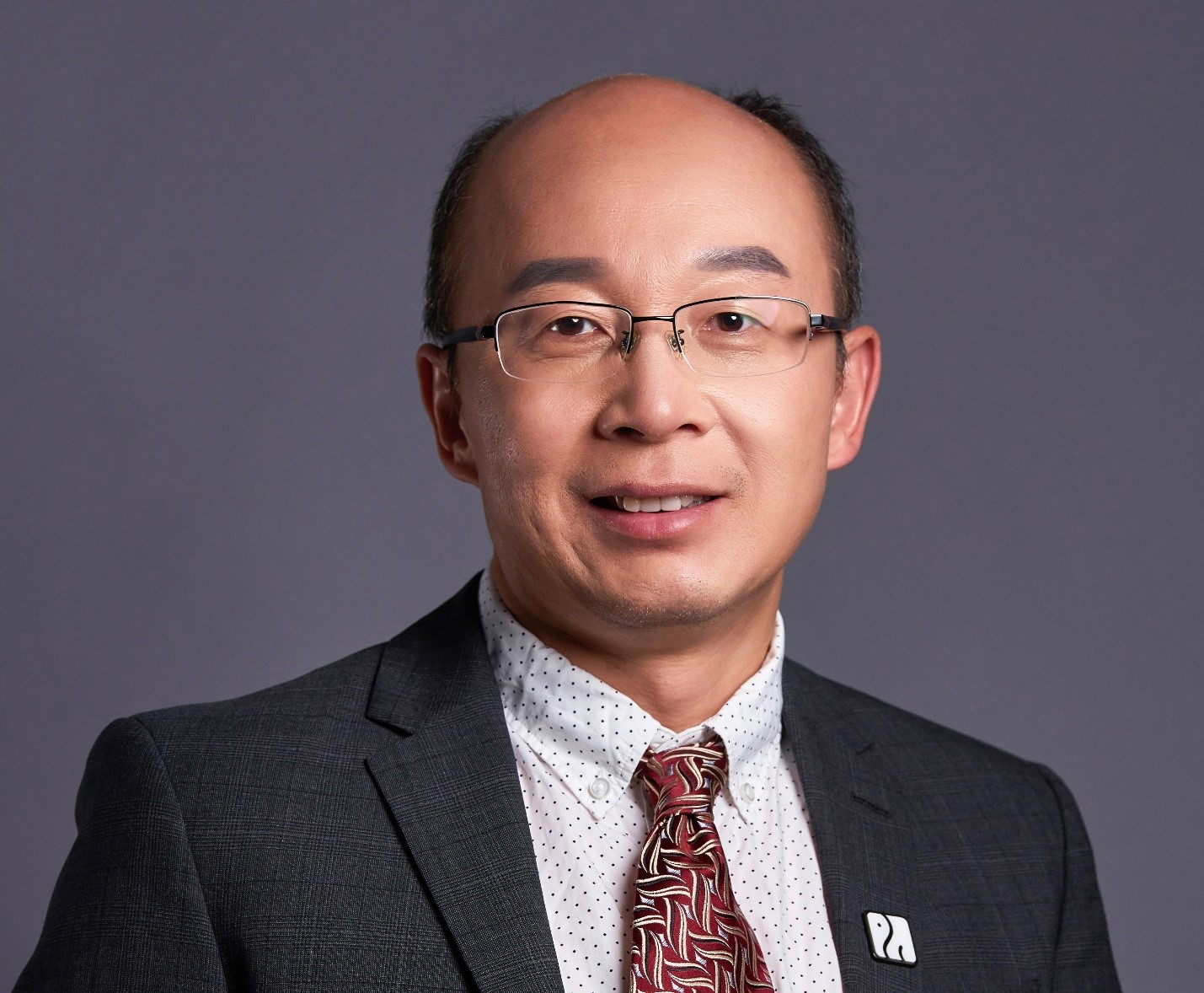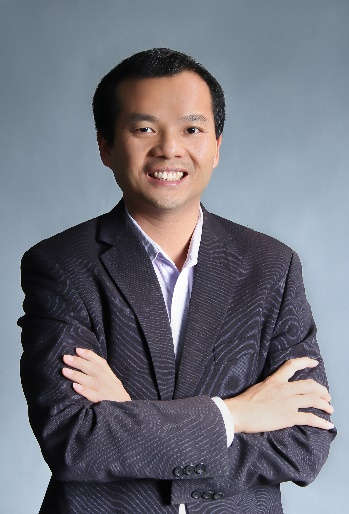The People’s Government of Guangdong Province recently announced the list of recipients of the 2022 Guangdong Science and Technology Awards.
Five projects (people) from the Southern University of Science and Technology (SUSTech) won awards, setting a new record for the number of prizes received at the Guangdong Science and Technology Awards.

The team of Professor Liyuan ZHANG from the Department of Physics won the first prize of the Natural Science Award in Guangdong Province for their project “experimental discovery of the three-dimensional quantum Hall effect”.
This is the second time a scientific research project led by SUSTech has won the first prize of the Natural Science Award in Guangdong Province after 2020.
In recent years, Prof. ZHANG has led his team to make major breakthroughs in the field of three-dimensional electron gas quantum transport research. They observed the “three-dimensional quantum Hall effect” for the first time in experiments, verifying the theoretical predictions made 33 years ago by Prof. Bertrand Halperin, former Head of the Department of Physics at Harvard University, and achieving a key breakthrough from two-dimensional to three-dimensional.
Prof. ZHANG is a 2019 Scientific and Technological Innovation Leading Talent of Guangdong Province and a Shenzhen High-Level Talent, and the winner of the 2020 Xplorer Prize.
His research primarily involves quantum physics and its materials and devices in condensed matter physics. He has published over 40 papers in journals such as Nature, Nature Physics, and Physical Review Letters.
This achievement was selected by the Ministry of Science and Technology of China (MOST) as one of China’s Top Ten Scientific Advances in 2019, and the Department of Mathematical and Physical Sciences at the National Natural Science Foundation of China (NSFC) also selected it as one of the Outstanding Achievements in 2019.

The research project “High efficiency and high stability quantum-dot luminescent materials and devices” led by Xiao Wei SUN, Chair Professor of the Department of Electronic and Electrical Engineering (EEE) and the Institute of Nanoscience and Applications (INA), won the second prize of the Natural Science Award.
Xiao Wei SUN is also the Execute Director of INA and the founding Head of the Department of EEE at SUSTech. He is a Foreign Member of the Russian Academy of Engineering (RAE), an Academician of the Asia-Pacific Academy of Materials, and Fellow of several academic societies, including Optica (formerly OSA), SPIE, Society for Information Display (SID), and the Institute of Physics (IoP, UK).
He serves as the Director of the Key Laboratory of Energy Conversion and Storage Technologies of the Ministry of Education (MOE), Chairman of the Guangdong Micro-LED Microdisplay Industry Technology Innovation Alliance, and the Deputy Director of the Expert Committee of the Shenzhen Flat Panel Display Industry Association (SDIA).
Prof. SUN’s main research direction is in semiconductor-based optoelectronic devices and new display, while his scientific research results on quantum dot display have been industrialized and applied, and reported by CCTV.
He has presided over more than 20 projects, such as the National Key R&D Program, published more than 600 SCI papers, has been cited more than 30,000 times with a h-index of 96, has made it on the list of Elsevier’s China Highly Cited Researchers, and has been selected on the list of the World’s Top 2% Scientists by Stanford University.
He has received the 2023 Slottow-Owaki Prize from SID, the 2009 Nanyang Research and Innovation Award in Singapore, and the 2013 Jacques Beaulieu Excellence Research Chair from INRS, Quebec, Canada.

The research project “New methods for regulating electron and ion transport to improve battery performance” by Professor Zhouguang LU’s team from the Department of Materials Science and Engineering won the second prize of the Natural Science Award of Guangdong Province.
Electron and ion transport are the physicochemical basis for redox reactions in batteries. This project focused on four key scientific issues in electron and ion transport: redox reaction activity, electron and ion transport impedance, bulk structure stability, and interface stability.
By constructing new methods for the regulation of multi-scale electron and ion transport, it was discovered that the three core innovations of ultrafast gelation, free radical stabilization, and local free charge significantly improved the energy density, power density, cycle stability, and safety of different battery systems.
The project involved in-depth research on new methods to improve the performance of secondary batteries and proposed novel strategies to regulate the electron and ion transport. It has established a unique research direction for the regulation of electrochemical reaction intermediates in battery materials, broadened the research scope of energy materials chemistry, and supported the high-quality development of the new energy industry in Shenzhen and the Guangdong-Hong Kong-Macao Greater Bay Area (GBA).
Zhouguang LU is a Fellow of the Royal Society of Chemistry (FRSC) of the UK. Since 2012, he has published more than 200 SCI papers with a total citation of >13,000 times and a h-index of 67.
He has been approved for more than 30 national invention patents and won more than ten scientific research projects, including NSFC projects, and has been selected on the list of the World’s Top 2% Scientists by Stanford University.
He serves on the editorial board of Nano Research, Rare Metals, and other journals, and is the Deputy Secretary-General of the China Energy Storage and Power Battery and Materials Professional Committee.

Professor Hu XU from the Department of Physics and Associate Professor Jin ZHANG from the Department of Mathematics each received the Youth Science and Technology Innovation Award.
The Youth Science and Technology Innovation Award aims to recognize young researchers who have made major discoveries in scientific research, promoted the development of related disciplines, or made innovative breakthroughs in the research and development of key core technologies, and promoted the transformation or industrialization of scientific and technological achievements.
Hu XU joined the Department of Physics at SUSTech in 2011, with his research mainly covering computational condensed matter physics, particularly the structure and performance control of quantum materials.
He has published more than 100 papers in well-known journals such as Physical Review Letters and Physical Review B as a first or corresponding author. He has been the recipient of various honors and awards, including the Ten Thousand Youth Talents Plan, and the Guangdong Natural Science Funds for Distinguished Young Scholars.
Jin ZHANG joined the Department of Mathematics at SUSTech in 2019. In his commitment to research in optimization theory and application, his research results have been published in several journals, including Math Program, SIAM Journal on Optimization, Mathematics of Operations Research, SIAM Journal on Numerical Analysis, Journal of Machine Learning Research, IEEE Transactions on Pattern Analysis and Machine Intelligence, as well as the International Conference on Machine Learning (ICML) and the Conference on Neural Information Processing Systems (NeurIPS), and other influential optimization, computational mathematics, and machine learning journals and conferences.
For his research achievements, he has won the OR Youth Award from the Operations Research Society of China (ORSC). He was also the recipient of the Outstanding Youth Science Fund from the NSFC, the Natural Science Foundation of Guangdong Province for Distinguished Young Scholars, and the Shenzhen Science and Technology Innovation Talent Training Program (Outstanding Youth Program).
Proofread ByYingying XIA
Photo By